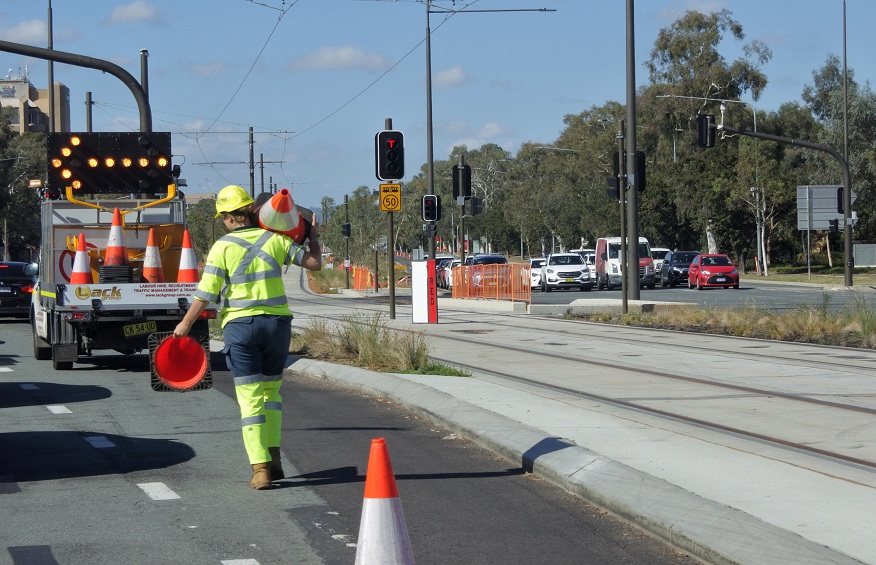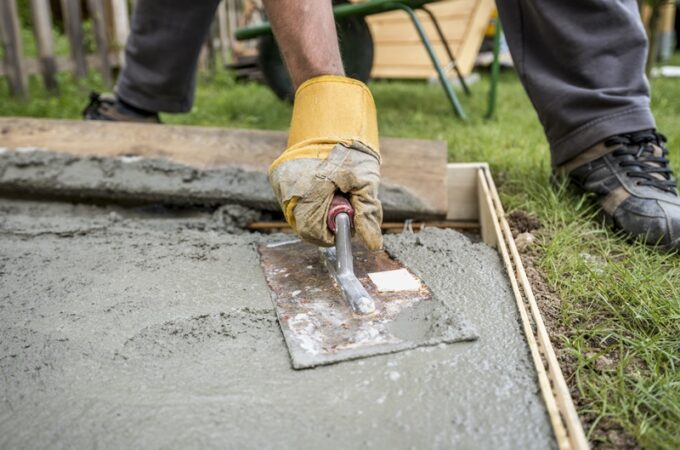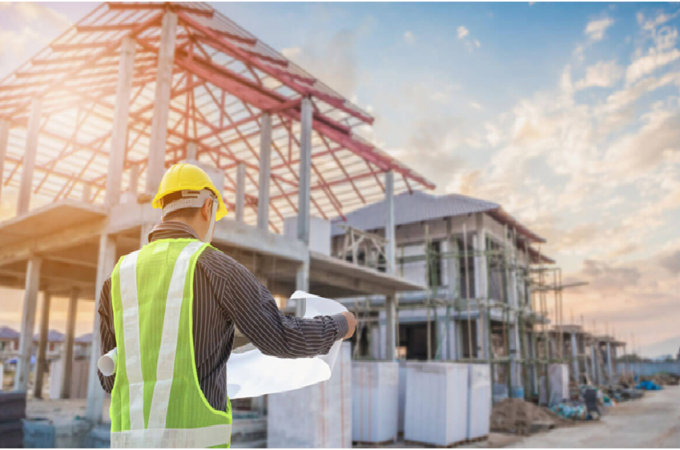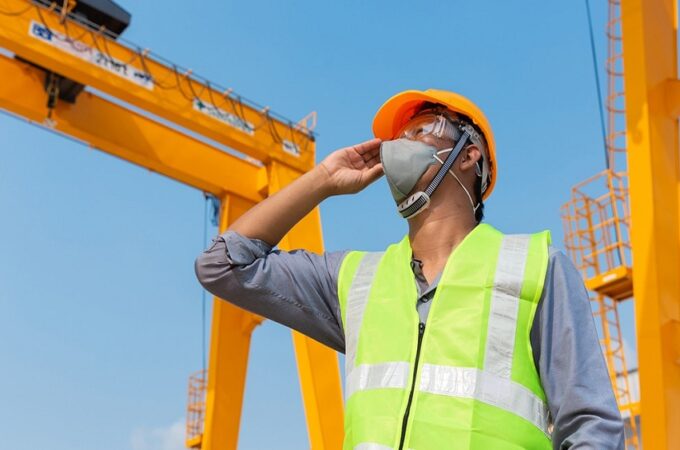
Understanding the role of 3d site modeling in roadway construction
3D technology is a relatively new instrument that has the potential to impact the roadwork construction sector significantly. With the integration of 3D-engineered modeling, construction personnel and the general public can benefit from increased efficiency in highway development and repair operations. This article will review what 3D technology is and how it applies to the roadway construction sector.
How does 3D modeling apply to the building of roadways?
Construction teams can use digital modeling tools like 3D technology to plan road construction projects. Using 3D technology instead of traditional two-dimensional paper blueprints is a faster and more economical way to build, maintain, survey, and repair roadways.
Models produced using 3D technology result from extensive planning, coordinating, and evaluation work. They generate an automated representation that realistically captures both the intended design and the current site conditions. Consequently, contractors can complete road construction projects more quickly and accuratelyusing these 3D site models than with conventional 2D equipment.
The first step of 3d site modeling boise is an aerial scan of the project. Engineers scan the location using unmanned aerial vehicles (UAVs) like drones. When the drone sends data collection to a scanning station, designers use it to create a three-dimensional construction site model. A comprehensive 3D-engineered model also contains the original survey dataand recommended vertical and horizontal alignments, features, and structures for the future site.
The impact of 3D modeling on roadway projects
Using 3D technology in roadway construction gives civil contractors the following benefits:
Minimum room for human mistakes
When building a road, nothing is more annoying than laying concrete only to have it torn up again because of a mistake. Even though 2D construction plans are adequate for designing highway networks, there may be differences between what is on paper and what is done in the field.
With 3D-engineered modeling, contractors can anticipate everything precisely. Digital models drastically reduce errors because of their unparalleled precision and accuracy. Correcting errors in the design stage saves a significant amount of money compared to repairing them on-site. A 3D rendering allows designers to identify any irregularities quickly.
Faster project completion
GPS-enabled machinery can work day and night and generate precise grades on the first pass with guidance from 3D-engineered model data. The first-pass accuracy of machine-controlled equipment not only reduces waste and saves resources but also expedites contractors’ completion of tasks.
Reduced asphalt waste owing to accurate milling depth
It is inefficient to remove asphalt with conventional milling machinery. Operators can save waste by adjusting the depth of asphalt removal in real time through machine control. 3D machine control enables the operator to maximize productivity and increase accuracy. It lowers the possibility of making a mistake and expedites the procedure overall.
More predictability of costs
Clients and contractors can see all project elements and their interactions with a 3D-engineered model, providing them with the information they need to make decisions. Engineers can quickly input the elements they wish to quantify and retrieve their numbers thanks to 3D technology.
The bottom line
3D modeling facilitates more accurate roadwork designs and constructions, requiring fewer adjustments and saving more resources.




